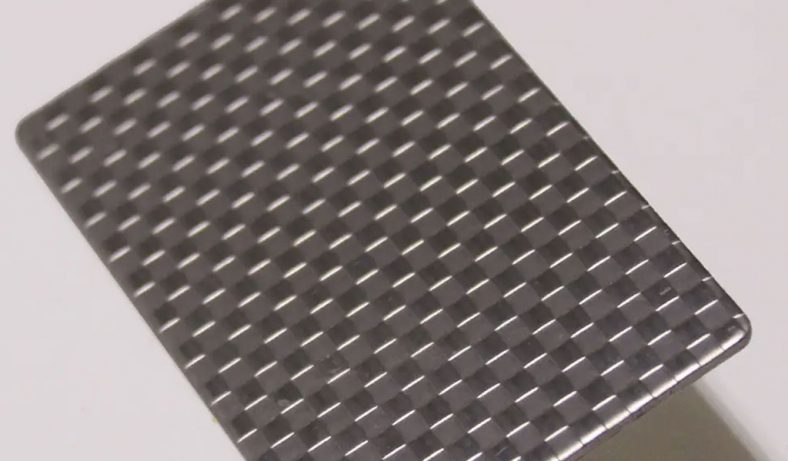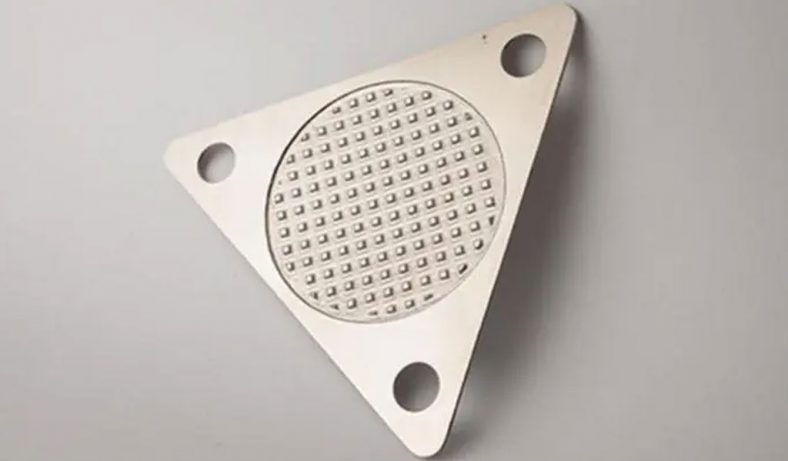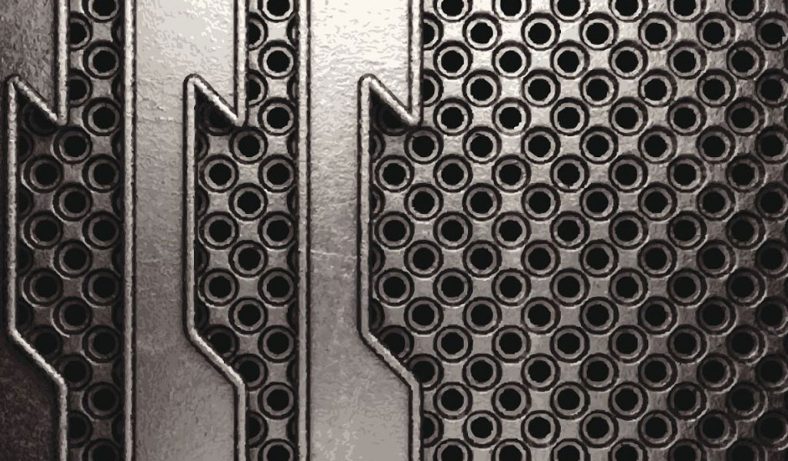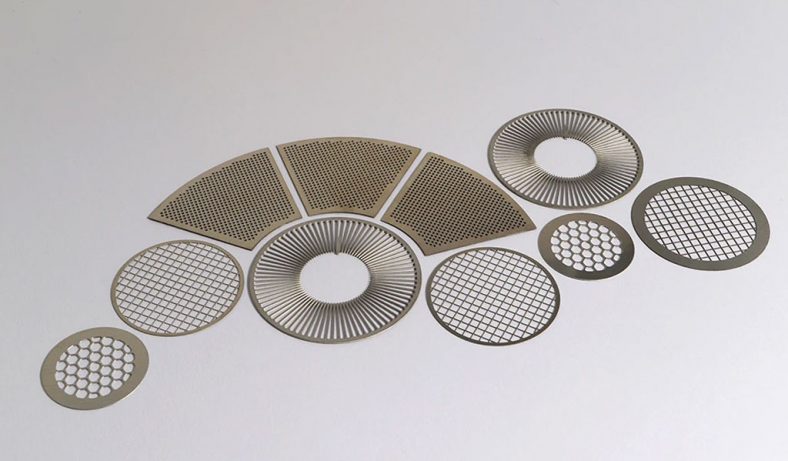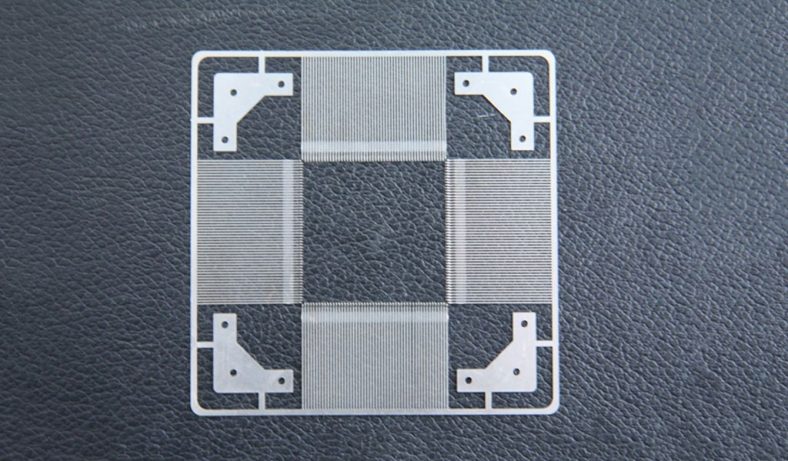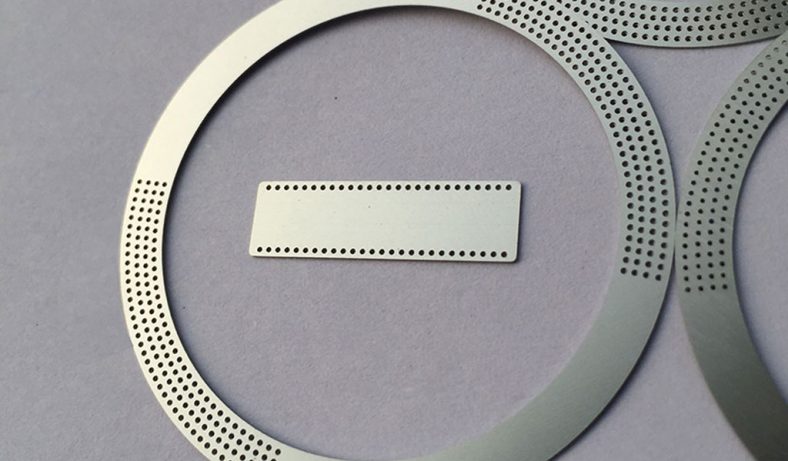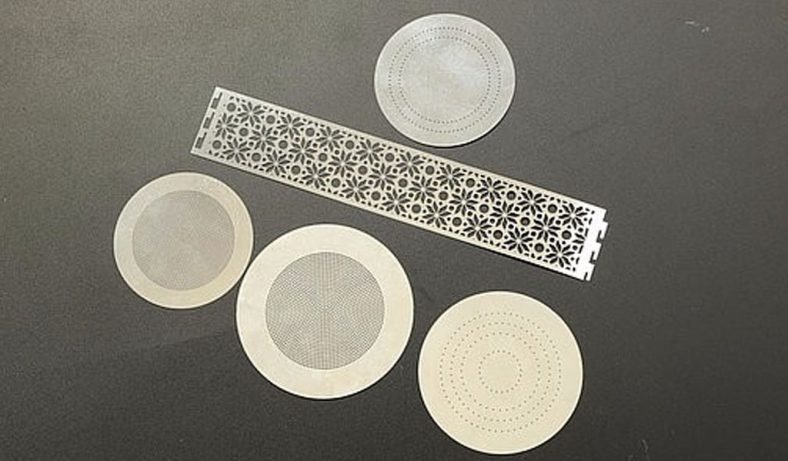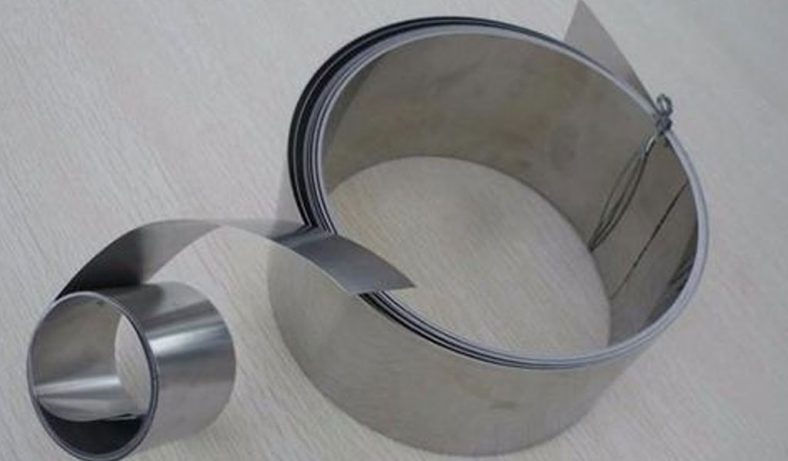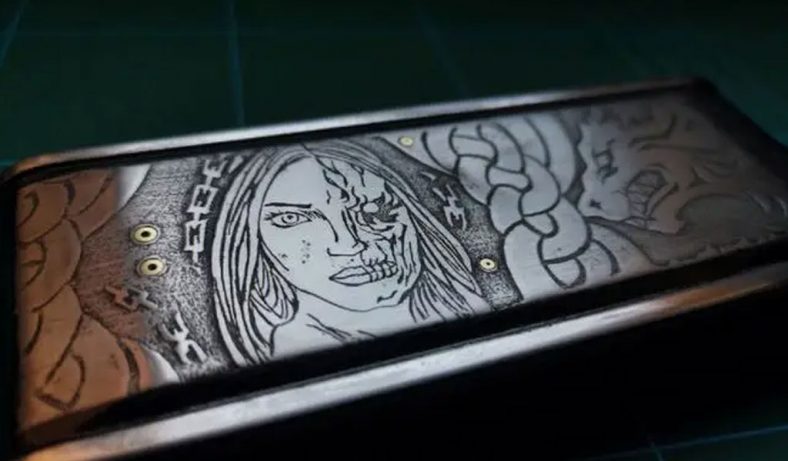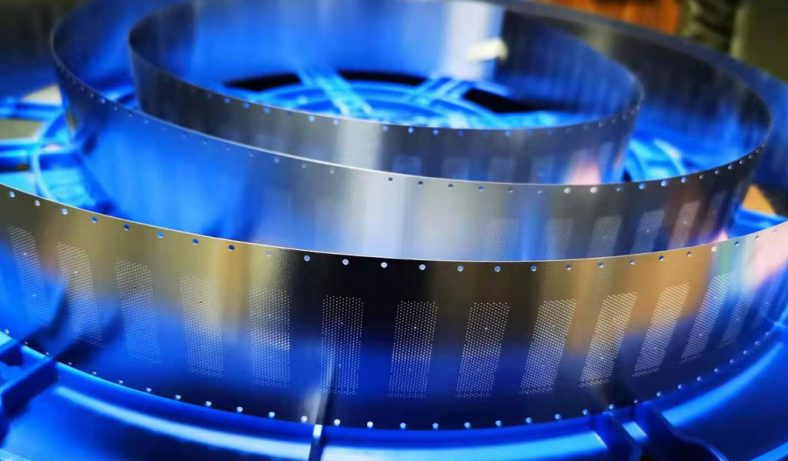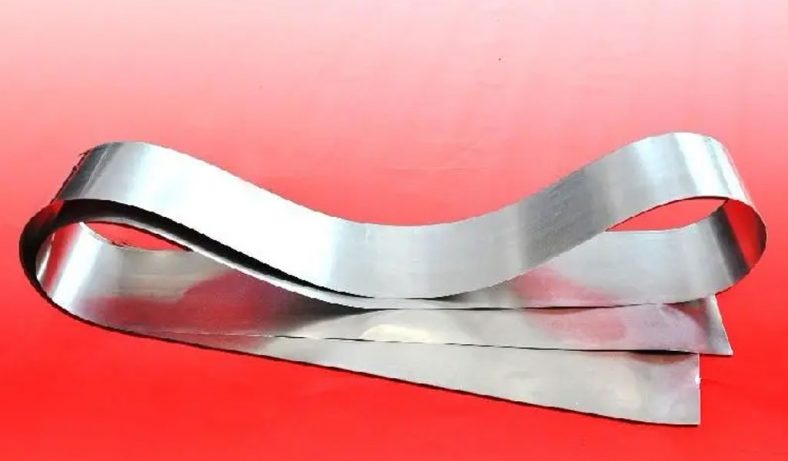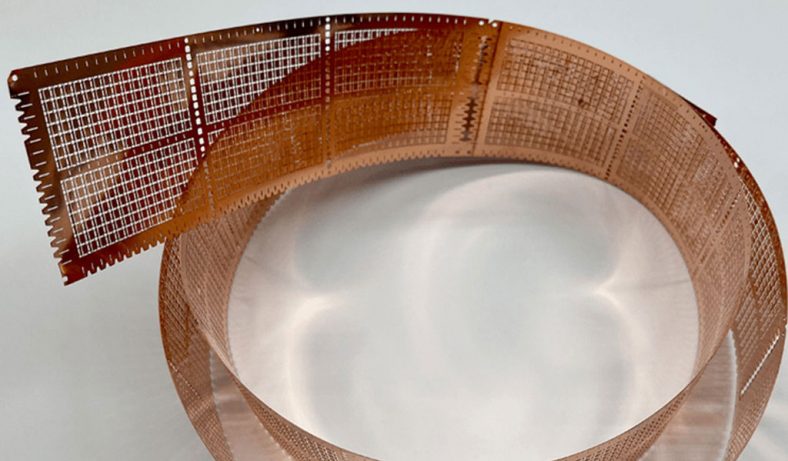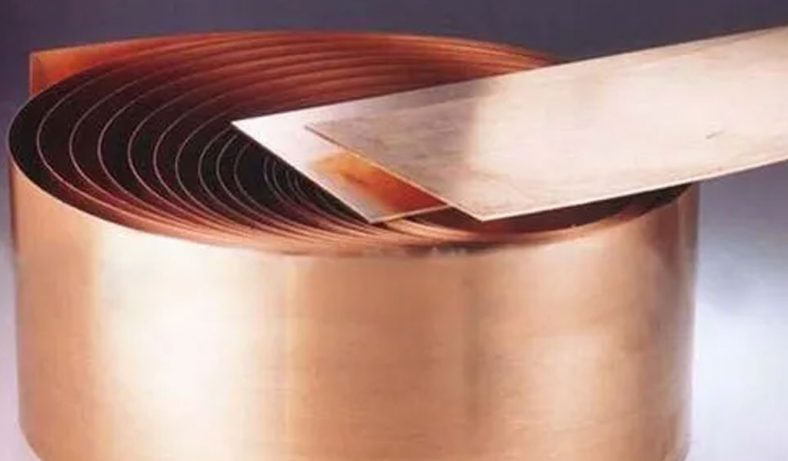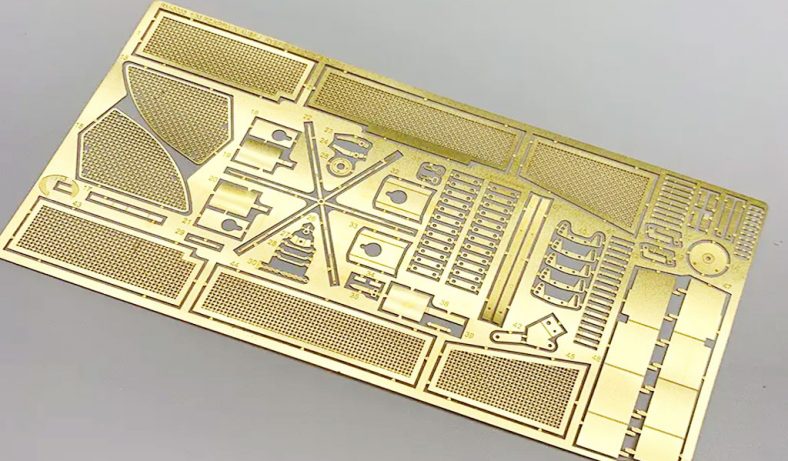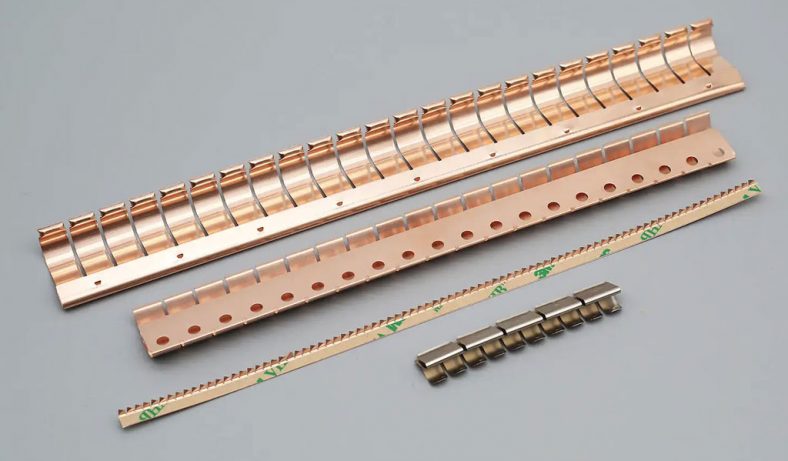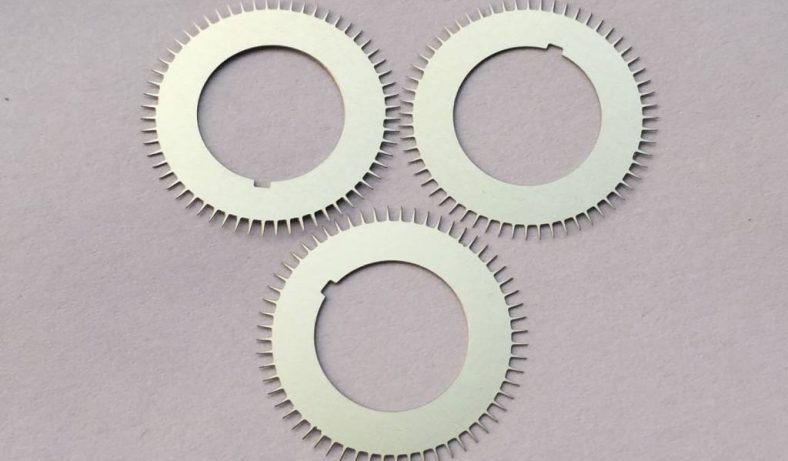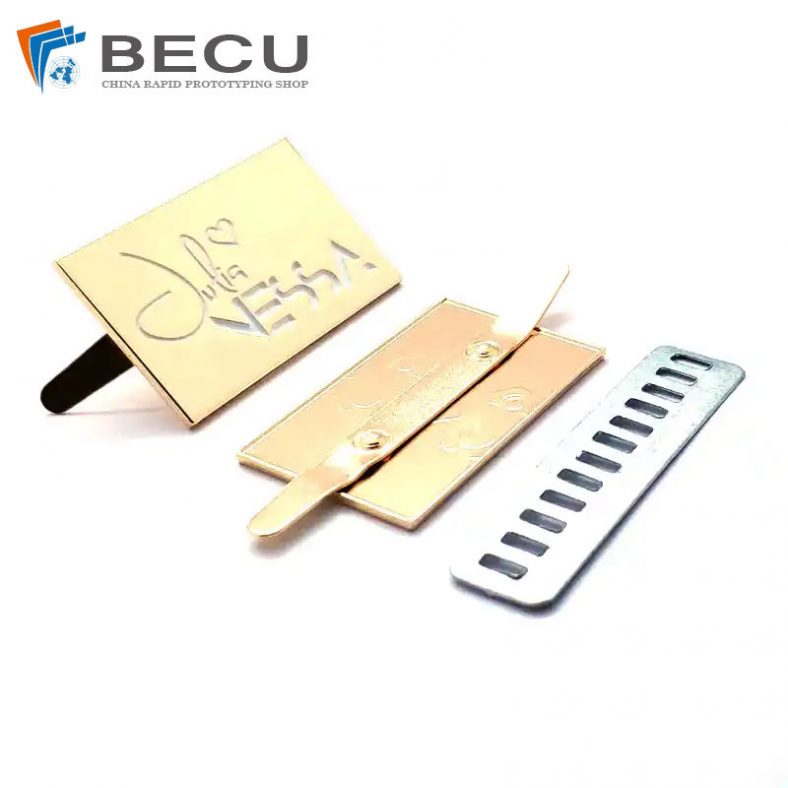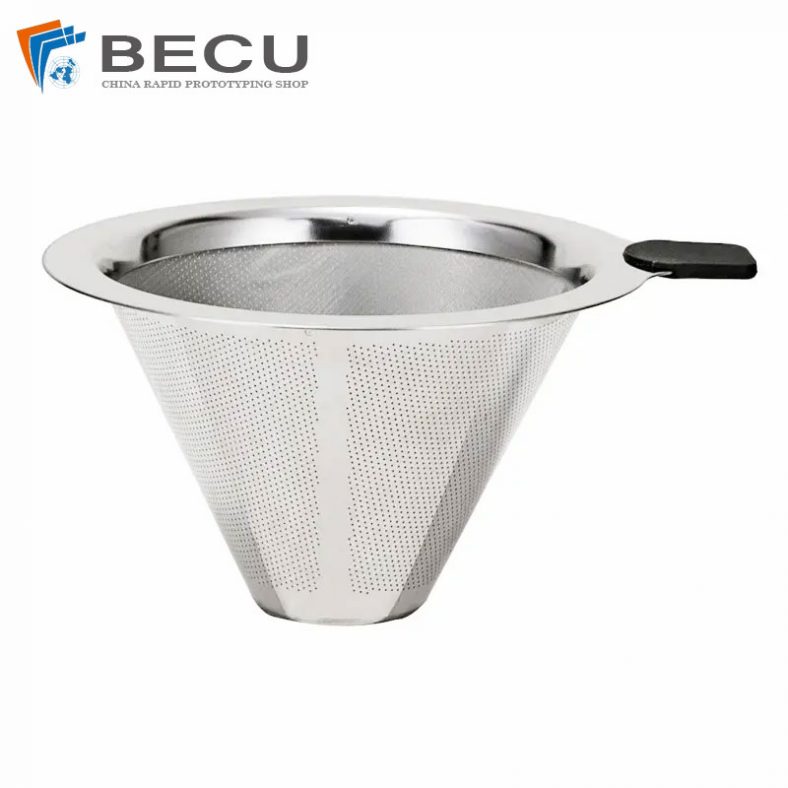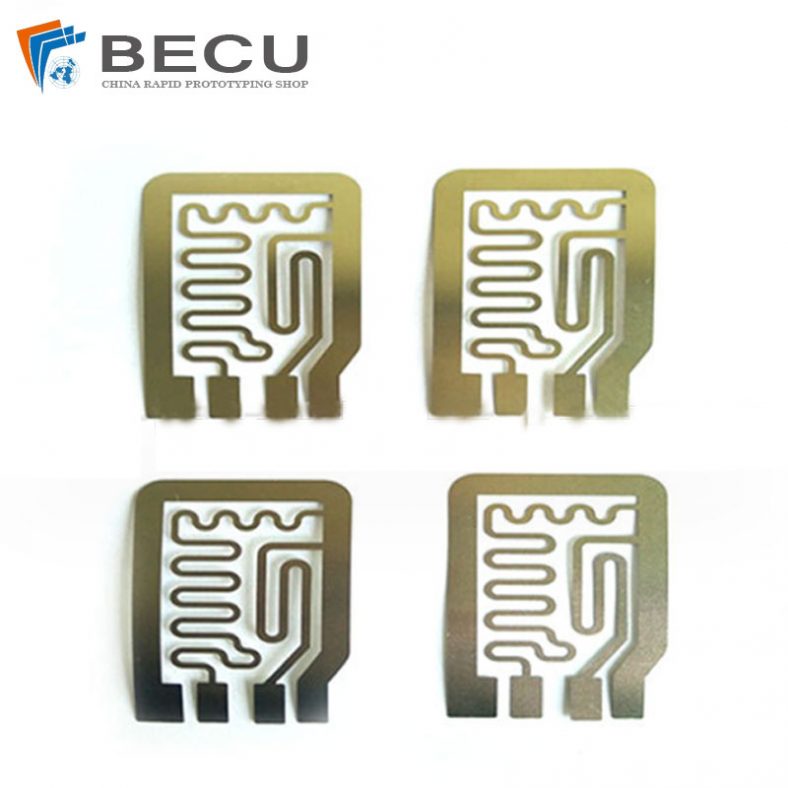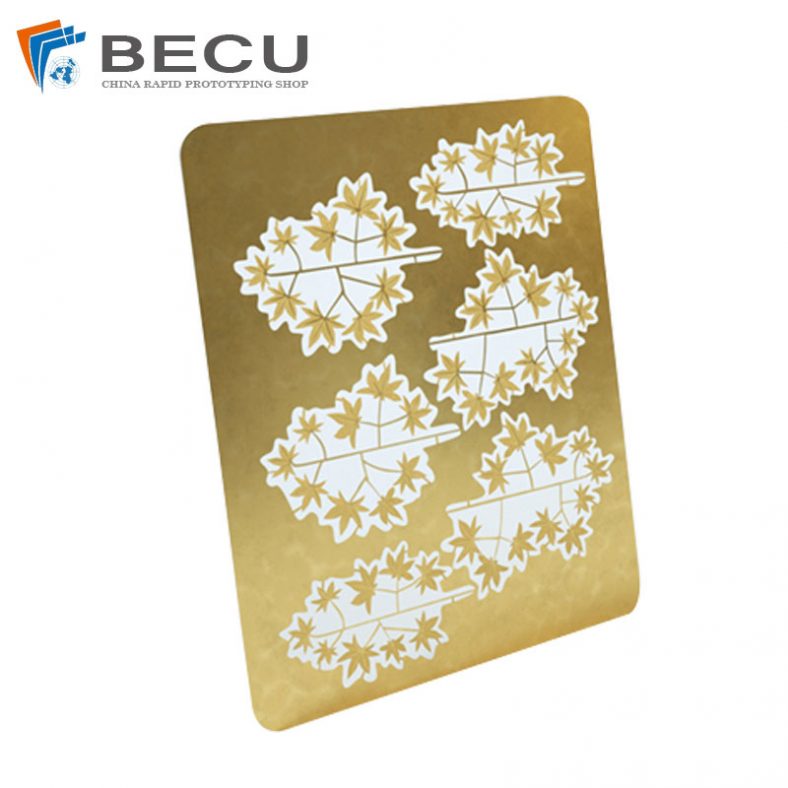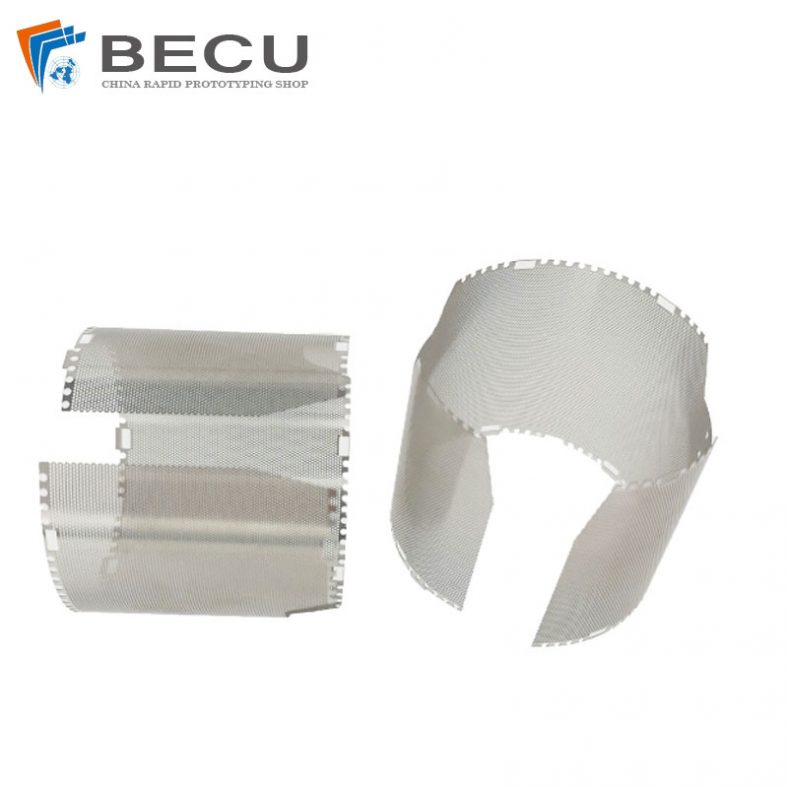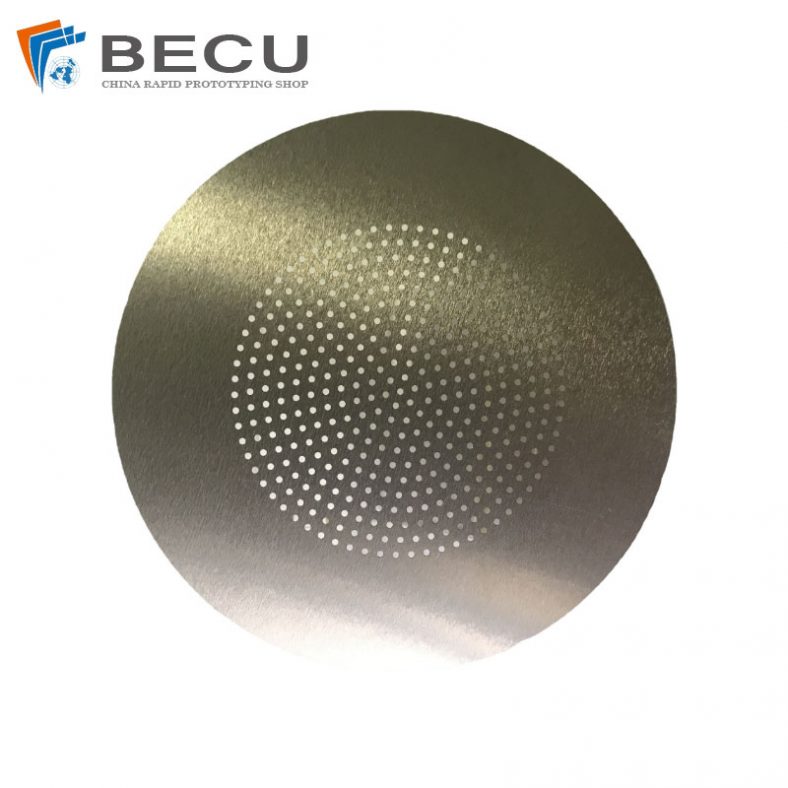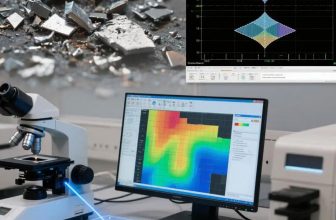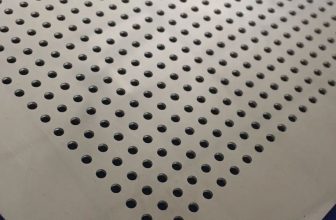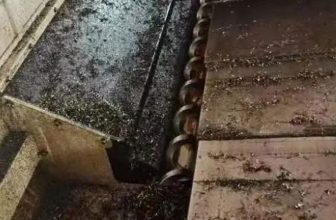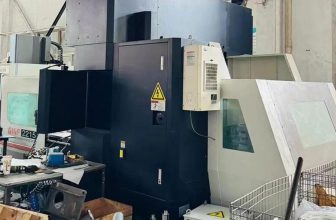Wet etching is a cornerstone of microfabrication, particularly in the production of micro-devices where precision, repeatability, and material integrity are paramount. Among the materials commonly used in micro-device processing, copper and its alloys stand out due to their excellent electrical and thermal conductivity, malleability, and corrosion resistance. These properties make copper alloys indispensable in applications such as microelectronics, microelectromechanical systems (MEMS), and precision interconnects. However, achieving high precision in wet etching copper alloys for micro-device fabrication presents significant challenges due to the material’s chemical reactivity, alloy-specific etching behaviors, and the demand for intricate geometries with tight tolerances. Over recent decades, advancements in wet etching techniques, etchant formulations, and process control have significantly improved precision, enabling the production of complex micro-devices with submicron accuracy.
This article provides a comprehensive exploration of the precision improvement in wet etching of copper alloys for micro-device processing. It covers the fundamental principles of wet etching, the properties of copper alloys, advancements in etching techniques, and their impact on micro-device fabrication. Detailed tables are included to compare etchant performance, alloy characteristics, and process outcomes, providing a rigorous scientific foundation for understanding these developments. The discussion is grounded in recent studies and industrial practices, with a focus on achieving high etch rates, superior surface finishes, and minimal undercut for applications in electronics, aerospace, and biomedical industries.
Fundamentals of Wet Etching in Micro-Device Processing
Overview of Wet Etching
Wet etching is a subtractive manufacturing process that uses chemical solutions, known as etchants, to selectively remove material from a substrate. Unlike dry etching techniques, such as reactive ion etching (RIE) or plasma etching, wet etching relies on liquid-phase chemical reactions, making it simpler and more cost-effective for many applications. The process involves immersing a substrate, typically coated with a patterned photoresist mask, in an etchant solution that dissolves exposed material while leaving protected areas intact. In micro-device processing, wet etching is valued for its ability to produce smooth surfaces, high selectivity, and compatibility with a wide range of materials, including metals, semiconductors, and dielectrics.
For copper alloys, wet etching is particularly advantageous due to its ability to handle the material’s softness and reactivity without inducing mechanical stress or thermal damage, which are common issues in contact-based machining methods like laser cutting or stamping. However, achieving precision in wet etching copper alloys requires careful control of etchant composition, temperature, exposure time, and substrate properties to minimize isotropic etching, undercut, and surface roughness.
Copper Alloys in Micro-Device Applications
Copper alloys are widely used in micro-device processing due to their unique combination of properties. Pure copper (C110) offers exceptional electrical and thermal conductivity, making it ideal for interconnects and conductive traces in microelectronics. Alloys such as brass (copper-zinc), bronze (copper-tin), and cupronickel (copper-nickel) provide enhanced mechanical strength, corrosion resistance, and wear resistance, catering to specific applications like MEMS components, marine electronics, and precision contacts.
Each copper alloy exhibits distinct etching characteristics, influenced by its composition and microstructure. For instance, brass requires specialized etchants to account for its zinc content, while bronze demands precise control to maintain its mechanical properties during etching. These variations necessitate tailored etching processes to achieve high precision and reproducibility in micro-device fabrication.
Challenges in Wet Etching Copper Alloys
The primary challenges in wet etching copper alloys include:
- Isotropic Etching: Wet etching is inherently isotropic, meaning it etches uniformly in all directions, which can lead to undercut beneath the photoresist mask, compromising feature definition.
- Surface Roughness: Variations in etchant composition and process conditions can result in uneven surfaces, affecting device performance.
- Alloy-Specific Behaviors: Different copper alloys react variably to etchants, requiring optimized formulations and conditions.
- Environmental and Safety Concerns: Many etchants, such as ferric chloride or nitric acid, are hazardous and generate waste that requires careful disposal.
Recent advancements have focused on addressing these challenges through improved etchant formulations, process automation, and hybrid etching techniques, significantly enhancing precision in copper alloy micro-device processing.
Historical Context and Evolution of Wet Etching Techniques
Early Developments in Wet Etching
The use of wet etching in metal processing dates back to the early 20th century, primarily in the context of printed circuit board (PCB) manufacturing. Initial etchants, such as ferric chloride, were used to pattern copper foils for basic circuitry. These early processes were rudimentary, with limited control over etch rates and feature precision, often resulting in significant undercut and poor resolution.
The advent of microelectronics in the mid-20th century drove the need for more precise etching techniques. By the 1960s, researchers began exploring alternative etchants, such as cupric chloride and ammonium persulfate, which offered better control over etch rates and surface quality. The introduction of photolithography in the 1970s further revolutionized wet etching by enabling precise patterning through photoresist masks, laying the groundwork for modern micro-device fabrication.
Advancements in the Late 20th Century
In the 1980s and 1990s, the rise of MEMS and integrated circuits spurred significant advancements in wet etching. Researchers developed more sophisticated etchant formulations, incorporating stabilizers and complexing agents to improve selectivity and reduce side effects like pitting or over-etching. For copper alloys, solutions combining hydrogen peroxide with sulfuric acid or complexing agents like ethylenediamine emerged as effective options for achieving smoother surfaces and better feature definition.
The development of automated etching systems also played a critical role. These systems allowed precise control of parameters such as etchant concentration, temperature, and agitation, reducing variability and improving repeatability. By the late 1990s, wet etching had become a staple in microfabrication, particularly for applications requiring high conductivity and fine feature sizes.
Recent Innovations (2000–Present)
Since the early 2000s, the focus has shifted toward enhancing precision at the nanoscale and addressing environmental concerns. Innovations include:
- Eco-Friendly Etchants: Researchers have explored biodegradable and less toxic etchants, such as citric acid-based solutions, to reduce environmental impact.
- Hybrid Etching Techniques: Combining wet etching with dry etching or electrochemical methods has enabled anisotropic etching profiles, improving feature resolution.
- Advanced Process Monitoring: Real-time monitoring systems using spectroscopy and sensors have improved control over etch rates and uniformity.
- Microfluidic-Assisted Etching: Microfluidic systems deliver etchants with high precision, reducing waste and improving uniformity for micro-device applications.
These advancements have collectively contributed to the ability to fabricate copper alloy micro-devices with feature sizes below 10 micrometers and tolerances as tight as ±0.020 mm, meeting the stringent demands of modern electronics and MEMS.
Properties and Etching Characteristics of Copper Alloys
Common Copper Alloys in Micro-Device Processing
Copper alloys used in micro-device processing vary widely in composition and properties, each suited to specific applications. The following table summarizes the key characteristics and etching considerations for common copper alloys:
Properties and Etching Characteristics of Copper Alloys
Common Copper Alloys in Micro-Device Processing
Copper alloys used in micro-device processing vary widely in composition and properties, each suited to specific applications. The following table summarizes the key characteristics and etching considerations for common copper alloys:
| Alloy | Composition | Key Properties | Etching Characteristics | Applications |
|---|---|---|---|---|
| Pure Copper (C110) | ~99.9% Cu | Excellent electrical and thermal conductivity, malleable, prone to corrosion | Easy to etch with common etchants (e.g., ferric chloride, cupric chloride), fast etch rates | Interconnects, conductive traces |
| Brass (C260) | Cu (~70%), Zn (~30%) | Enhanced corrosion resistance, good workability, attractive appearance | Requires specialized etchants due to zinc content, moderate etch rates | Contacts, connectors, decorative parts |
| Bronze (C52100) | Cu (~90%), Sn (~10%) | High strength, wear resistance, good fatigue properties | Demands precise control to maintain mechanical properties, slower etch rates | Bearings, bushings, MEMS components |
| Cupronickel (C70600) | Cu (~90%), Ni (~10%) | Excellent seawater corrosion resistance, good thermal conductivity | Requires specific etchants based on alloy composition, moderate to slow etch rates | Marine electronics, heat exchangers |
| Beryllium Copper (BeCu) | Cu (~98%), Be (~2%) | High conductivity, durability, excellent spring properties | Fast etching, compatible with standard etchants, requires careful handling due to beryllium | Electrical contacts, springs |
Etching Mechanisms for Copper Alloys
The etching of copper alloys involves redox reactions where the etchant oxidizes the metal surface, dissolving it into solution. For copper, the general reaction with an acidic etchant like ferric chloride (FeCl₃) is:
Cu+2Fe3+→Cu2++2Fe2+
In alloys, additional elements (e.g., zinc in brass or tin in bronze) can form secondary reaction products, complicating the etching process. For example, zinc in brass may form insoluble chlorides, requiring stabilizers or complexing agents to maintain etch uniformity. The choice of etchant and process conditions is critical to achieving desired etch profiles and surface quality.
Etchant Formulations and Their Impact on Precision
Common Etchants for Copper Alloys
The selection of an etchant is a critical factor in wet etching, as it directly influences etch rate, surface finish, and undercut. The following table compares common etchants used for copper alloys, based on recent studies and industrial practices:Comparison of Etchants for Copper Alloy Wet EtchingmarkdownShow inline
Advancements in Etchant Formulations
Recent studies have focused on optimizing etchant formulations to enhance precision. For instance, a 2024 study published on ResearchGate compared ferric chloride and cupric chloride at 50°C, finding that while ferric chloride offered faster etch rates (up to 10 µm/min), cupric chloride produced smoother surfaces (Ra ~20 nm) due to its more controlled reaction kinetics. The addition of complexing agents, such as ethylenediamine or diethylenetriamine, has been shown to improve etch uniformity by preventing the formation of insoluble byproducts, as described in a 2012 patent (US8372757B2).
Eco-friendly etchants, such as citric acid-based solutions, have also gained traction. These formulations reduce environmental impact while maintaining etch rates comparable to traditional acidic etchants (3–5 µm/min for copper). Stabilizers like hydrogen peroxide prevent spontaneous decomposition, ensuring consistent performance over extended bath lifetimes.
Process Parameters and Their Optimization
Key Parameters in Wet Etching
The precision of wet etching depends on several process parameters:
- Etchant Concentration: Higher concentrations increase etch rates but may compromise surface quality.
- Temperature: Elevated temperatures accelerate etching but can lead to non-uniformity if not tightly controlled.
- Exposure Time: Precise timing is critical to avoid over-etching or under-etching.
- Agitation: Uniform agitation ensures consistent etchant-substrate interaction, reducing localized variations.
- Mask Quality: The photoresist mask must withstand the etchant without degradation to maintain pattern fidelity.
Optimization Strategies
Recent advancements in process optimization include:
- Automated Control Systems: Automated etching systems use real-time feedback from sensors to adjust etchant concentration and temperature, achieving tolerances as tight as ±0.020 mm.
- Microfluidic Delivery: Microfluidic systems deliver etchants with high spatial precision, reducing waste and improving uniformity for micro-device applications.
- Statistical Process Control (SPC): SPC techniques analyze etch rate variability and surface roughness to optimize parameters dynamically.
A 2024 study highlighted the impact of temperature and etchant concentration on the etching of Cu–Cr–Zr–Zn–Sn–Mg alloys, demonstrating that coupling control of grain size, precipitates, and residual stress improved semi-etching behavior by 15–20%.
Advancements in Photochemical Etching for Copper Alloys
Photochemical Etching Overview
Photochemical etching (PCE), also known as photo etching, combines photolithography with wet etching to achieve high-precision patterning. The process involves:
- Design Preparation: Creating a digital design using CAD software.
- Photoresist Application: Coating the substrate with a light-sensitive photoresist.
- Patterning: Exposing the photoresist to UV light through a photomask, defining the desired pattern.
- Etching: Immersing the substrate in an etchant to remove exposed material.
PCE is particularly suited for copper alloys due to its non-contact nature, which preserves material integrity and eliminates burrs or stress-induced deformities.
Precision Enhancements in PCE
Recent innovations in PCE have significantly improved precision:
- High-Resolution Photomasks: Advances in photomask technology enable feature sizes as small as 0.1 mm, with tolerances of ±0.025 mm for thin substrates (0.01–0.25 mm).
- Digital Tooling: Low-cost digital photo-tooling allows rapid prototyping and design iterations, reducing lead times from weeks to days.
- Multi-Layer Etching: Partial etching techniques create fold lines or complex 3D structures, enhancing functionality for micro-devices like EMI shields or fluidic channels.
Case Study: Beryllium Copper in Electrical Contacts
Beryllium copper (BeCu) is widely used for electrical contacts due to its high conductivity and spring properties. PCE has enabled the production of BeCu contacts with intricate geometries and smooth surfaces (Ra ~15 nm), improving reliability in high-frequency applications. A 2021 report by Elcon Precision noted that PCE reduced etch times for BeCu to within minutes, achieving feature sizes below 10 µm with minimal undercut.
Environmental and Safety Considerations
Environmental Impact of Wet Etching
Traditional etchants like ferric chloride and nitric acid pose significant environmental challenges due to their toxicity and the generation of hazardous waste. Recent efforts have focused on developing eco-friendly alternatives, such as biodegradable etchants and closed-loop recycling systems. A 2024 review emphasized the need for sustainable etching practices, highlighting citric acid-based solutions as viable options with reduced environmental impact.
Safety Protocols
Handling etchants requires strict safety protocols, including:
- Proper Ventilation: To mitigate exposure to toxic fumes.
- Personal Protective Equipment (PPE): Including gloves, goggles, and respirators.
- Waste Management: Neutralizing and disposing of etchants in compliance with environmental regulations.
Applications of Precision Wet Etching in Micro-Device Processing
Microelectronics
In microelectronics, wet etching of copper alloys is critical for fabricating interconnects, lead frames, and EMI/RFI shields. The ability to achieve smooth surfaces and tight tolerances ensures reliable electrical performance and signal integrity. For example, cupric chloride etching has been used to produce copper interconnects with Ra values below 50 nm, minimizing signal loss in high-frequency circuits.
MEMS and Microfluidics
MEMS devices, such as sensors and actuators, benefit from the high precision of wet etching in creating intricate patterns on bronze or beryllium copper. Microfluidic devices, used in biomedical applications, rely on PCE to produce channels and features with submicron accuracy, enabling precise fluid control.
Aerospace and Defense
Copper alloys like cupronickel are used in aerospace and marine applications due to their corrosion resistance. Wet etching enables the production of lightweight, high-precision components like heat exchanger plates and antenna elements, meeting stringent performance requirements.
Comparative Analysis of Wet Etching vs. Alternative Methods
The following table compares wet etching with other microfabrication techniques for copper alloys:Comparison of Microfabrication Techniques for Copper AlloysmarkdownShow inline
Advantages of Wet Etching
Wet etching excels in producing burr-free, stress-free components with smooth surfaces, making it ideal for copper alloys. Its cost-effectiveness and compatibility with a wide range of alloys make it a preferred choice for micro-device processing, particularly for prototyping and small-batch production.
Limitations and Future Directions
Despite its advantages, wet etching’s isotropic nature limits its ability to achieve highly anisotropic profiles, which are critical for some nanoscale applications. Future research is focused on:
- Hybrid Techniques: Combining wet and dry etching to balance precision and cost.
- AI-Driven Optimization: Using machine learning to predict and control etch outcomes.
- Sustainable Practices: Developing fully recyclable etchant systems to minimize environmental impact.
Case Studies and Recent Studies
Case Study: Cu–Cr–Zr–Zn–Sn–Mg Alloy Etching
A 2024 study investigated the wet etching of Cu–Cr–Zr–Zn–Sn–Mg alloys for advanced semiconductor applications. By optimizing grain size, precipitate distribution, and residual stress, researchers achieved a 20% improvement in etch uniformity and reduced undercut by 15%. The use of cupric chloride with ethylenediamine as a complexing agent resulted in a surface roughness of Ra ~25 nm, suitable for high-performance interconnects.
Case Study: Beryllium Copper in MEMS
Beryllium copper’s use in MEMS sensors has benefited from PCE advancements. A 2021 study by Elcon Precision demonstrated that PCE produced BeCu components with feature sizes below 10 µm and tolerances of ±0.020 mm, improving sensor reliability by 30% compared to laser-cut alternatives.
Recent Trends
Recent studies emphasize automation and eco-friendly etchants. A 2025 paper proposed a machine learning model for predicting tool wear in copper alloy etching, achieving a 50% reduction in RMSE compared to traditional methods, highlighting the potential of data-driven process optimization.
Conclusion
The precision improvement in wet etching of copper alloys for micro-device processing reflects decades of advancements in etchant formulations, process control, and hybrid techniques. From the early days of ferric chloride etching to modern photochemical processes, the field has evolved to meet the demands of microelectronics, MEMS, and aerospace applications. By optimizing etchant selection, process parameters, and automation, manufacturers can achieve submicron precision, smooth surfaces, and minimal undercut, ensuring high-performance micro-devices. Continued research into eco-friendly etchants, AI-driven optimization, and hybrid etching methods promises to further enhance precision and sustainability, cementing wet etching’s role in the future of microfabrication.

